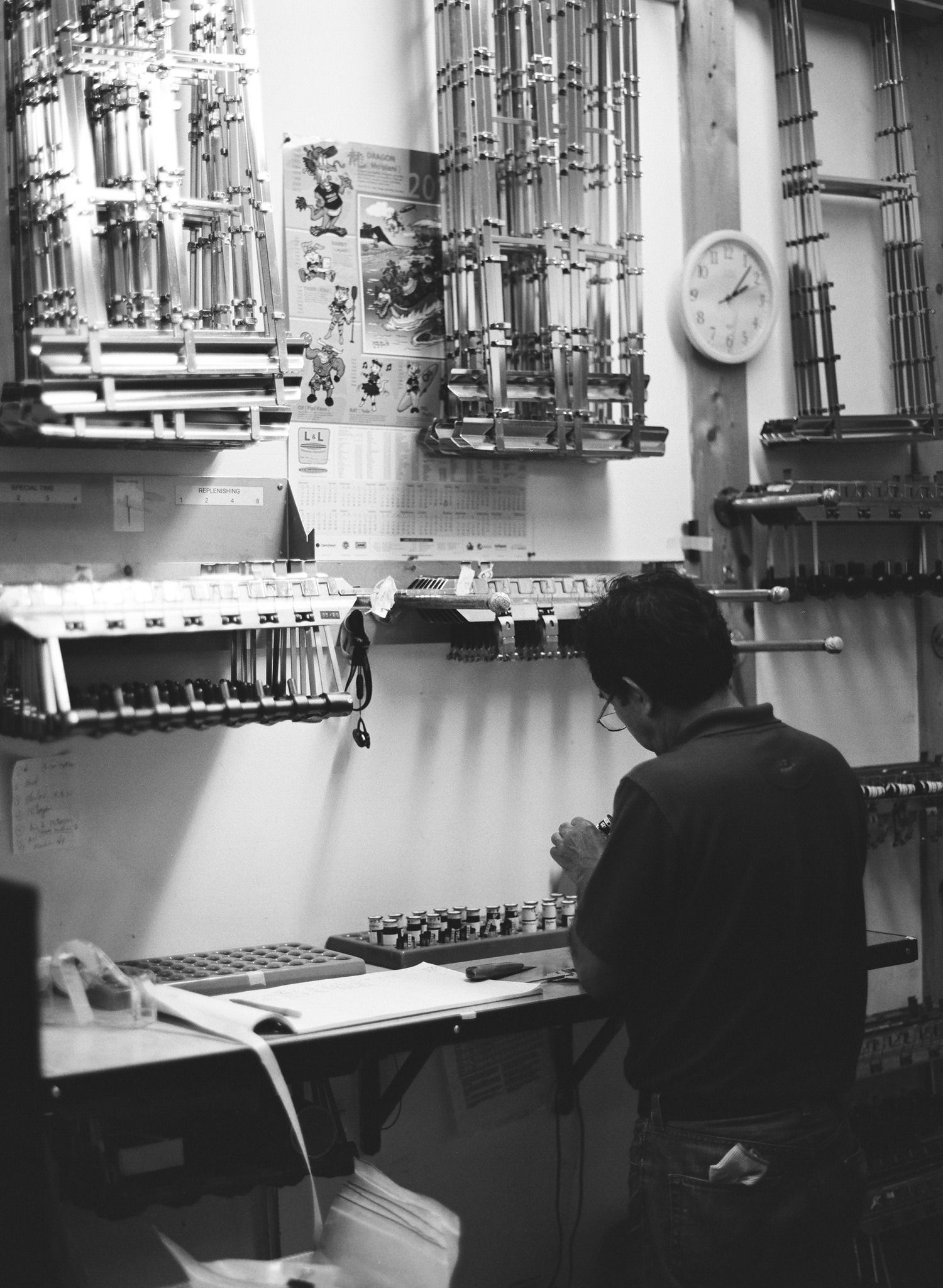Last Updated on 05/30/2019 by Mark Beckenbach
We’ve heard film photographers say over and over that film is not dead. Here’s what Richard Photo Lab, which has been around since the 1970s, has to say about it.
Whether haters like it or not, film is still very much alive today, several years into the so-called film revival. While companies and independent manufacturers making our favorite emulsions have been vocal about making ensuring it stays that way, we don’t really hear much from our trusty film labs. We rightfully should: they’re a crucial part of what keeps the magic of film photography alive. There’s a good number of these film labs scattered around the US, and we sought to get in touch with some of the ones that are best known. It was the decades-old Richard Photo Lab that answered our call, and we thought you should know what they have to say.
Marketing Director Colleen Taylor answered our questions on behalf of Richard Photo Lab, first introducing their amazing film lab to those who may still be unfamiliar. She also gave us some interesting insights on the lasting appeal of film photography from the professionals who bring the magic out of our rolls. There’s more to the charm of this traditional medium than the unique look created by various film stocks, and this quick interview gives us some answers to that. The resurgence is seen primarily among fine artists, street photographers, and enthusiasts then and now, all of which still believe in the magic of the medium and how it differentiates them from the digital generation.
She also gives us some great answers to the selling points of film at a time when it’s mostly deemed obsolete — and no, it’s not because it will make you popular on Instagram, or an amazing photographer in an instant. In addition, we get an idea about what it’s like to operate a film lab today, when a big portion of their clientele are yet to understand why their scans turned out the way they did, and learn how to get the results they want.
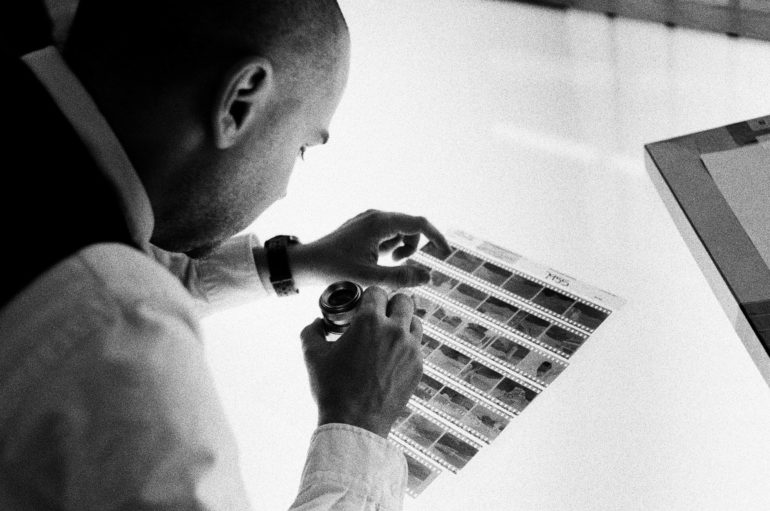
Phoblographer: Please introduce your amazing lab to us. When did your film lab’s journey begin? What are the highlights so far?
Richard Photo Lab: The original Richard Photo Lab started in the 1970s in Hollywood, California. It was one man in a closet-sized “lab” space—no machines, doing everything by hand. (Richard) was a perfectionist, and it was that alone which earned him a small but super loyal customer base in the commercial photography world. His work was the best, and they needed the best. Those folks stuck with Richard throughout their careers, and the Richard reputation continued to spread throughout the industry, particularly with major music and entertainment companies. In the late 1990s–early 2000s, Richard retired and our current head honcho, Brian Greenberg, bought the lab. It was a super turbulent time for both photographers and labs alike—everyone was going out of business. But, by straight-up working hard and maintaining the quality-obsessed standards of the original Richard alive, what started with Brian and a crew of seven has turned into a family that’s quadruple the size!
Phoblographer: Can you tell us about the age group/demographics of your clientele? Why do you think they became particularly interested in shooting film?
Richard Photo Lab: While we serve a wide variety of film photographers, from professionals who have had decades of experience to novices just starting to dip their toes into film, a large portion of our clientele is high-end wedding film photographers. When that genre sort of emerged (or perhaps re-emerged after the initial digital photography boom), it was a pivotal period for the industry—our lab owner and photog biz guru was attuned to that shift and the potential for Richard to grow with, and adapt for, that client base. We have been very fortunate in building strong, lasting relationships with game-changers in the wedding and film photography industry. We feel that this demographic is drawn to that “special something” that film adds to the style of an image. It sounds soooo cheesy, but there really is something about the look of film that cannot be reproduced with digital photography, no matter how rad your Photoshop filters are. That romantic, dreamy looks, along with the way film renders skin tones and highlights so beautifully, makes it an ideal medium for wedding imagery.
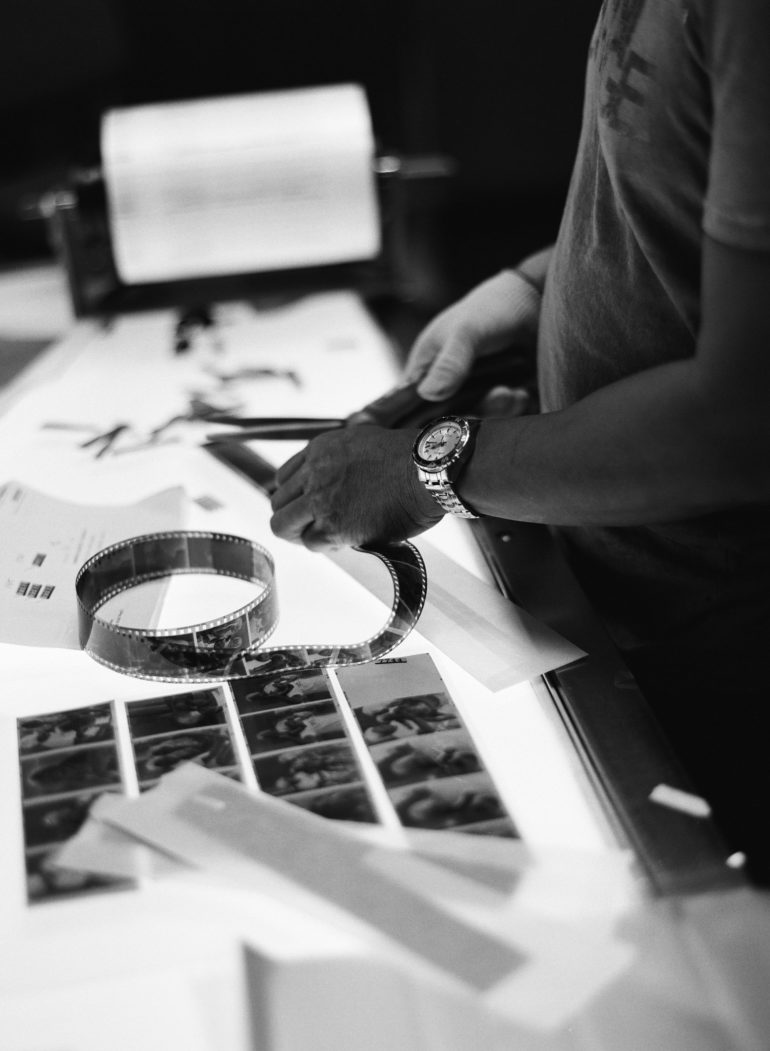
Phoblographer: Why do you think film photography lives and continues to charm photographers at a time when it’s mostly deemed obsolete?
Richard Photo Lab: We’ve definitely seen a resurgence in film photography with fine artists, street photographers, even enthusiasts over the recent years; there’s a beautiful mix of old-timers, experienced in the biz for quite some time and wanting to hold on to the magic of the medium, and budding young photographers, new to film and trying to differentiate themselves from the digital generation they grew up in by taking on the challenges and unique properties film presents.
Phoblographer: What do you believe to be the biggest edge or selling point of film photography today?
Richard Photo Lab: There’s probably two big selling points for film. First, film has a way of turning you into a better photographer. It is not a magic gateway to better images, but it slows you down and makes you more cognizant about things like framing and lighting and composition—every frame counts! Second, lots of folks think that film is too expensive and that will be its downfall—but, they forget that the tradeoff for the upfront cost of film is the money saved (both actual dollars as well as time) in digital post-processing—an often overlooked expense of digital photography. Professional photographers can use that time to grow their business, book more paying gigs, or just focus on other priorities in their life like family, travel, etc.
Phoblographer: What is it like running a film lab in today’s digital age? What are the challenges and how do you overcome it?
Richard Photo Lab: In the digital age, sometimes the biggest challenge can be educating photographers about film so that we can work together to get the results they want. It really is a team effort between photographer and lab. Film is a completely different medium from digital photography, which means it needs to be approached differently. There is no easy answer, no set formula for a photographer to get the look they want in their film images—there are tons of variables at play and they need to test them out! Film really is an art and a science all wrapped in to one.
There’s also a lot of misinformation about film out in the world. It’s so easy these days to get advice from an unreliable source as to why something is or is not, works or doesn’t work. And, even when it comes with the best of intentions, that misinformation is a passion-killer for photographers; it’s a slippery slope that leaves them unhappy with their work and unable to ever figure out why.
If you’re asking a Facebook group why your scan doesn’t look the way you want before looking to your negatives and your lab for the answers, you probably aren’t getting the knowledge you need to fix the problem. We never want that to happen! So, we work really hard to make sure photographers are armed with the education they need to succeed, from putting out tons of instructional blog posts to speaking at workshops and conferences to simply making ourselves available via phone or email to talk to photographers about their film.
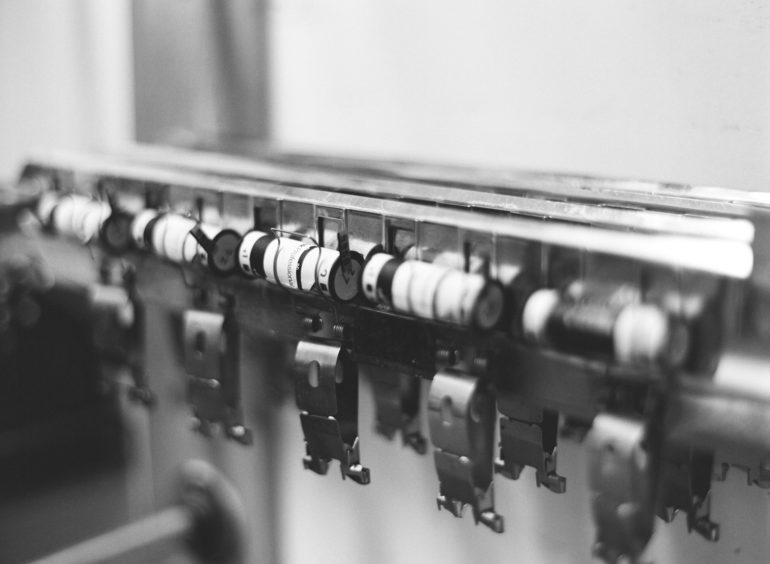
Phoblographer: Can you tell us about the most unforgettable clients or projects you’ve worked with/films that you’ve processed to date?
Richard Photo Lab: Oh wow, this is a tough one because we’ve been able to work on so many amazing projects with incredible photographers over the years!
- We’ve printed images from legendary film photographer Henry Diltz from his archive of photos from the music industry in the 1970s, working on never-before seen images of Michael Jackson, Joni Mitchell, and Jimi Hendrix.
- We develop film for Arthur Tress to this day, who has taken film photos every single day for the past 60 years, and whose haunting enigmatic work stands in the collections of numerous museums and institutions (including the New York Museum of Modern Art, the Los Angeles County Museum of Art, the Art Institute of Chicago, and dozens more).
- We printed promotional images for Justin Beiber, and on the back of the prints was the name “Richard Photo Lab”—we had tween girls calling us for weeks looking for Justin, so that experience was just bananas.
- We’ve scanned film from crime scenes that took place decades ago when a cold case has been reopened, which is a totally different twist on the kind of memories we typically see captured on film.
- We’ve archived film for NBC Universal, sifting through well over 500,000 film negatives documenting everything from the Johnny Carson show to Sesame Street.
- We see tons of celebrity weddings, most recently the Nick Jonas and Priyanka Chopra wedding shot by Jose Villa.
Sometimes, the most amazing projects come from a box of old negatives someone found in their Grandma’s attic—keeping memories that were thought to be lost, or perhaps had never even been seen before, alive!
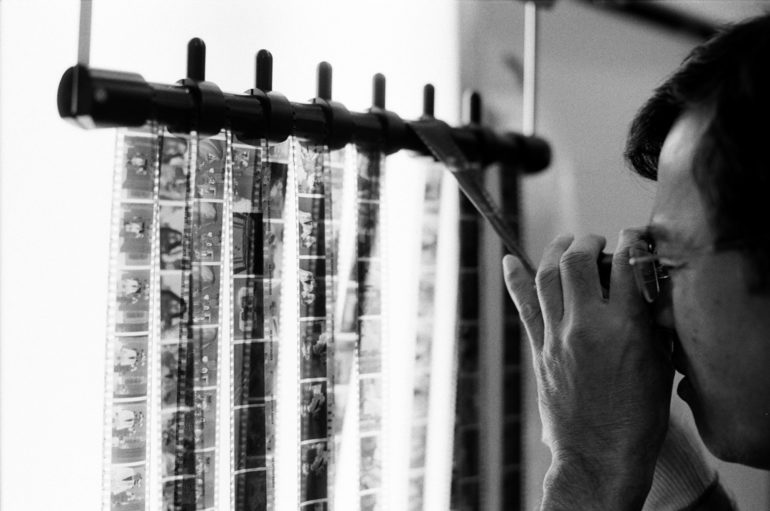
Phoblographer: What is the most common misconception about film developing and scanning that you try to dispel with your clients?
Richard Photo Lab: One of the biggest misconceptions about film for many photographers is what they can control in shooting versus what we can control in scanning. Scanning film is not like editing an image in Photoshop or Lightroom.
Ultimately, a scan can only be as good as the negative it is derived from. And even though you can get a range of results from a scanning machine, we are still limited in what we can do—we can control overall color balance and lightness/darkness, but we have very little control over everything else.
So much is decided by a photographer’s choices when shooting, from their film stock to their lens, to the lighting environment, and about a million other things. Exposure is by far the biggest influencer on how a film scan looks, so nailing exposure and understanding how it influences the look of a scan is imperative for film photographers to understand.
Phoblographer: How do you think film photography and film labs will fare or evolve, say, in the next 10 years?
Richard Photo Lab: Film has a super-rich history, and Richard thinks that a whole new chapter—maybe even a whole new book—in that story has begun. There’s a lot of buzz on the internet about whether or not the resurgence of film is just a temporary trend, but with the worldwide traction film has been able to gain in spite of the digital photography revolution, and with new industry players and products/services reinvigorating the scene, we think that film will continue to grow as an artistic standard of sorts for timeless imagery.
So, film and film labs truly have the opportunity to grow as long as film photographers keep coming together to loudly and proudly support the medium! As a lab, we’ve taken many steps in recent years to bring the speed, efficiency, and technological advancements that are expected from today’s consumers to an old-school analog art form. An over the next decade, we expect to see that merging of worlds continue. First-rate artisanship and ultra-fast service don’t need to be mutually exclusive!
Visit the Richard Photo Lab website to find out more about their film developing and printing services.


